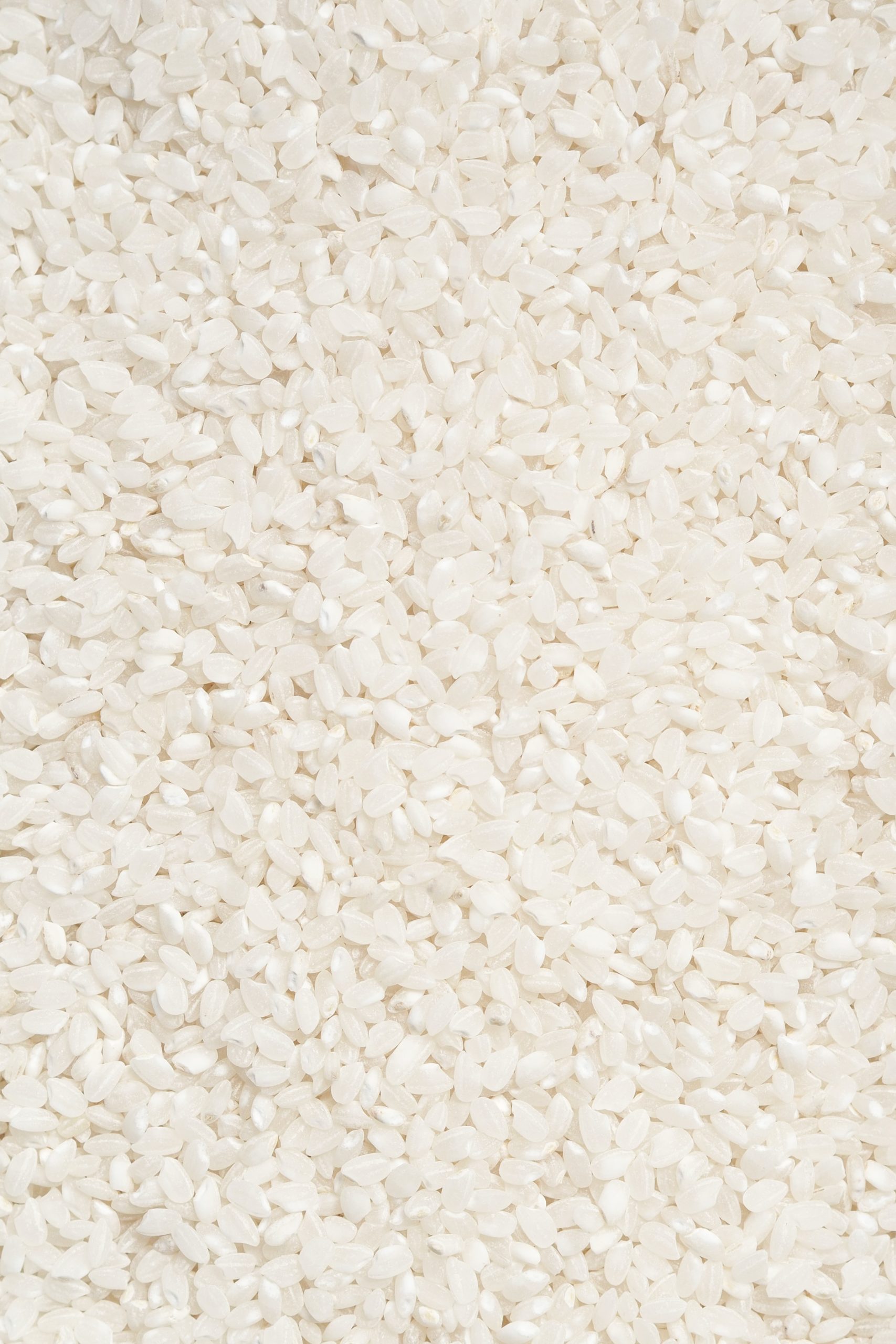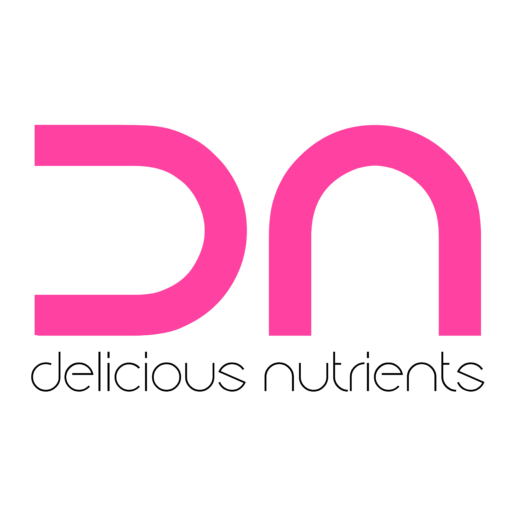Γιατί πρέπει να πλένουμε το ρύζι;

Ρύζι και αρσενικό
Γιατί πρέπει να μουλιάζουμε το ρύζι;
Τελικές συμβουλές:
- Χρησιμοποιήστε άφθονο νερό όταν μαγειρεύετε, κι ας το σουρώσετε στο τέλος.
- Πλύνετε το ρύζι πριν το βράσετε. Αυτή η μέθοδος μπορεί να αφαιρέσει το 10–28% του αρσενικού.
- Το καστανό ρύζι περιέχει υψηλότερες ποσότητες αρσενικού από το λευκό ρύζι. Εάν τρώτε μεγάλες ποσότητες ρυζιού, η λευκή ποικιλία μπορεί να είναι καλύτερη επιλογή
- Επιλέξτε αρωματικό ρύζι, όπως μπασμάτι ή jasmine, που περιέχει μικρότερη ποσότητα αρσενικού.
Δείτε βίντεο/ video instructions:
FOLLOW US ON INSTAGRAM @deliciousnutrients (Delicious nutrients | Recipes & nutrition tips (@deliciousnutrients) • Instagram photos and videos)
Αναφορές
Balakumar, P. and Kaur, J. (2009) ‘Arsenic Exposure and Cardiovascular Disorders: An Overview’, Cardiovascular Toxicology, 9(4), pp. 169–176. doi:https://doi.org/10.1007/s12012-009-9050-6.
Chen, C.-J., Wang, S.-L., Chiou, J.-M., Tseng, C.-H., Chiou, H.-Y., Hsueh, Y.-M., Chen, S.-Y., Wu, M.-M. and Lai, M.-S. (2007) ‘Arsenic and diabetes and hypertension in human populations: A review’, Toxicology and Applied Pharmacology, 222(3), pp. 298–304. doi:https://doi.org/10.1016/j.taap.2006.12.032.
Chen, S.-C., Chen, C.-C., Kuo, C.-Y., Huang, C.-H., Lin, C.-H., Lu, Z.-Y., Chen, Y.-Y., Lee, H.-S. and Wong, R.-H. (2012) ‘Elevated risk of hypertension induced by arsenic exposure in Taiwanese rural residents: possible effects of manganese superoxide dismutase (MnSOD) and 8-oxoguanine DNA glycosylase (OGG1) genes’, Archives of Toxicology, 86(6), pp. 869–878. doi:https://doi.org/10.1007/s00204-011-0797-8.
Gilbert-Diamond, D., Cottingham, K.L., Gruber, J.F., Punshon, T., Sayarath, V., Gandolfi, A.J., Baker, E.R., Jackson, B.P., Folt, C.L. and Karagas, M.R. (2011) ‘Rice consumption contributes to arsenic exposure in US women’, Proceedings of the National Academy of Sciences, 108(51), pp. 20656–20660. doi:https://doi.org/10.1073/pnas.1109127108.
Meharg, A.A., Lombi, E., Williams, P.N., Scheckel, K.G., Feldmann, J., Raab, A., Zhu, Y. and Islam, R. (2008) ‘Speciation and Localization of Arsenic in White and Brown Rice Grains’, Environmental Science & Technology, 42(4), pp. 1051–1057. doi:https://doi.org/10.1021/es702212p.
Meharg, A.A., Sun, G., Williams, P.N., Adomako, E., Deacon, C., Zhu, Y.-G., Feldmann, J. and Raab, A. (2008) ‘Inorganic arsenic levels in baby rice are of concern’, Environmental Pollution, 152(3), pp. 746–749. doi:https://doi.org/10.1016/j.envpol.2008.01.043.
Nutrition, C. for F.S. and A. (2022) ‘What You Can Do to Limit Exposure to Arsenic’, FDA [Preprint]. Available at: https://www.fda.gov/food/environmental-contaminants-food/what-you-can-do-limit-exposure-arsenic.
Raab, A., Baskaran, C., Feldmann, J. and Meharg, A.A. (2009) ‘Cooking rice in a high water to rice ratio reduces inorganic arsenic content’, J. Environ. Monit., 11(1), pp. 41–44. doi:https://doi.org/10.1039/b816906c.
Reports, C. (2014) How Much Arsenic Is in Your Rice?, Consumer Reports. Available at: https://www.consumerreports.org/cro/magazine/2015/01/how-much-arsenic-is-in-your-rice/index.htm.
Sengupta, M.K., Hossain, M.A., Mukherjee, A., Ahamed, S., Das, B., Nayak, B., Pal, A. and Chakraborti, D. (2006) ‘Arsenic burden of cooked rice: Traditional and modern methods’, Food and Chemical Toxicology, 44(11), pp. 1823–1829. doi:https://doi.org/10.1016/j.fct.2006.06.003.
Tapio, S. and Grosche, B. (2006) ‘Arsenic in the aetiology of cancer’, Mutation Research/Reviews in Mutation Research, 612(3), pp. 215–246. doi:https://doi.org/10.1016/j.mrrev.2006.02.001.
Torres-Escribano, S., Leal, M., Vélez, D. and Montoro, R. (2008) ‘Total and Inorganic Arsenic Concentrations in Rice Sold in Spain, Effect of Cooking, and Risk Assessments’, Environmental Science & Technology, 42(10), pp. 3867–3872. doi:https://doi.org/10.1021/es071516m.
U.S. Food and Drug Administration (2021) ‘Arsenic in Rice and Rice Products Risk Assessment’, FDA [Preprint]. Available at: https://www.fda.gov/food/cfsan-risk-safety-assessments/arsenic-rice-and-rice-products-risk-assessment.
Vahidnia, A., van der Voet, G.B. and de Wolff, F.A. (2007) ‘Arsenic neurotoxicity — A review’, Human & Experimental Toxicology, 26(10), pp. 823–832. doi:https://doi.org/10.1177/0960327107084539.
Wei, Y., Zhu, J. and Nguyen, A. (2013) ‘Rice consumption and urinary concentrations of arsenic in US adults’, International Journal of Environmental Health Research, 24(5), pp. 459–470. doi:https://doi.org/10.1080/09603123.2013.857393.
Williams, P.N., Villada, A., Deacon, C., Raab, A., Figuerola, J., Green, A.J., Feldmann, J. and Meharg, A.A. (2007) ‘Greatly Enhanced Arsenic Shoot Assimilation in Rice Leads to Elevated Grain Levels Compared to Wheat and Barley’, Environmental Science & Technology, 41(19), pp. 6854–6859. doi:https://doi.org/10.1021/es070627i.
Zhu, Y.-G., Williams, P.N. and Meharg, A.A. (2008) ‘Exposure to inorganic arsenic from rice: A global health issue?’, Environmental Pollution, 154(2), pp. 169–171. doi:https://doi.org/10.1016/j.envpol.2008.03.015.
Μετάφραση – επιμέλεια: Delicious Nutrients
Απαγορεύεται η αναδημοσίευση/αντιγραφή ή άλλη χρήση, χωρίς ξεκάθαρη αναφορά αυτού του δικτυακού τόπου ως πηγή του κειμένου.
Cover Photo by Mgg Vitchakorn on Unsplash
Απαγορεύεται η αναδημοσίευση/αντιγραφή ή άλλη χρήση, χωρίς ξεκάθαρη αναφορά αυτού του δικτυακού τόπου ως πηγή του κειμένου.
ΤΑ ΥΠΟΛΟΙΠΑ ΕΠΙΣΤΗΜΟΝΙΚΑ ΑΡΘΡΑ ΤΟΥ ΙΣΤΟΤΟΠΟΥ ΜΠΟΡΕΙΤΕ ΝΑ ΤΑ ΒΡΕΙΤΕ ΕΔΩ. ΠΡΟΣΟΧΗ: ΟΙ ΠΛΗΡΟΦΟΡΙΕΣ ΚΑΙ ΟΙ ΙΣΧΥΡΙΣΜΟΙ ΠΟΥ ΑΝΑΦΕΡΟΝΤΑΙ ΣΕ ΑΥΤΟΝ ΤΟΝ ΙΣΤΟΤΟΠΟ, ΕΧΟΥΝ ΕΚΠΑΙΔΕΥΤΙΚΟ ΣΚΟΠΟ ΚΑΙ ΔΕΝ ΠΡΟΟΡΙΖΟΝΤΑΙ ΓΙΑ ΝΑ ΑΝΤΙΚΑΤΑΣΤΗΣΟΥΝ ΤΗΝ ΣΥΜΒΟΥΛΗ ΤΟΥ ΓΙΑΤΡΟΥ ΣΑΣ. ΟΙ ΑΠΟΨΕΙΣ ΚΑΙ ΟΙ ΔΙΑΤΡΟΦΙΚΕΣ ΣΥΜΒΟΥΛΕΣ ΠΟΥ ΕΚΦΡΑΖΟΝΤΑΙ ΑΠΟ ΤΟ ΙΣΤΟΛΟΓΙΟ ΔΕΝ ΣΤΟΧΕΥΟΥΝ ΣΤΗΝ ΥΠΟΚΑΤΑΣΤΑΣΗ ΣΥΜΒΑΤΙΚΩΝ ΙΑΤΡΙΚΩΝ ΥΠΗΡΕΣΙΩΝ. ΕΑΝ ΕΧΕΤΕ ΚΑΠΟΙΑ ΣΟΒΑΡΗ ΑΣΘΕΝΕΙΑ Ή ΘΕΜΑ ΥΓΕΙΑΣ, ΣΥΜΒΟΥΛΕΥΤΕΙΤΕ ΤΟΝ ΙΑΤΡΟ ΣΑΣ.



